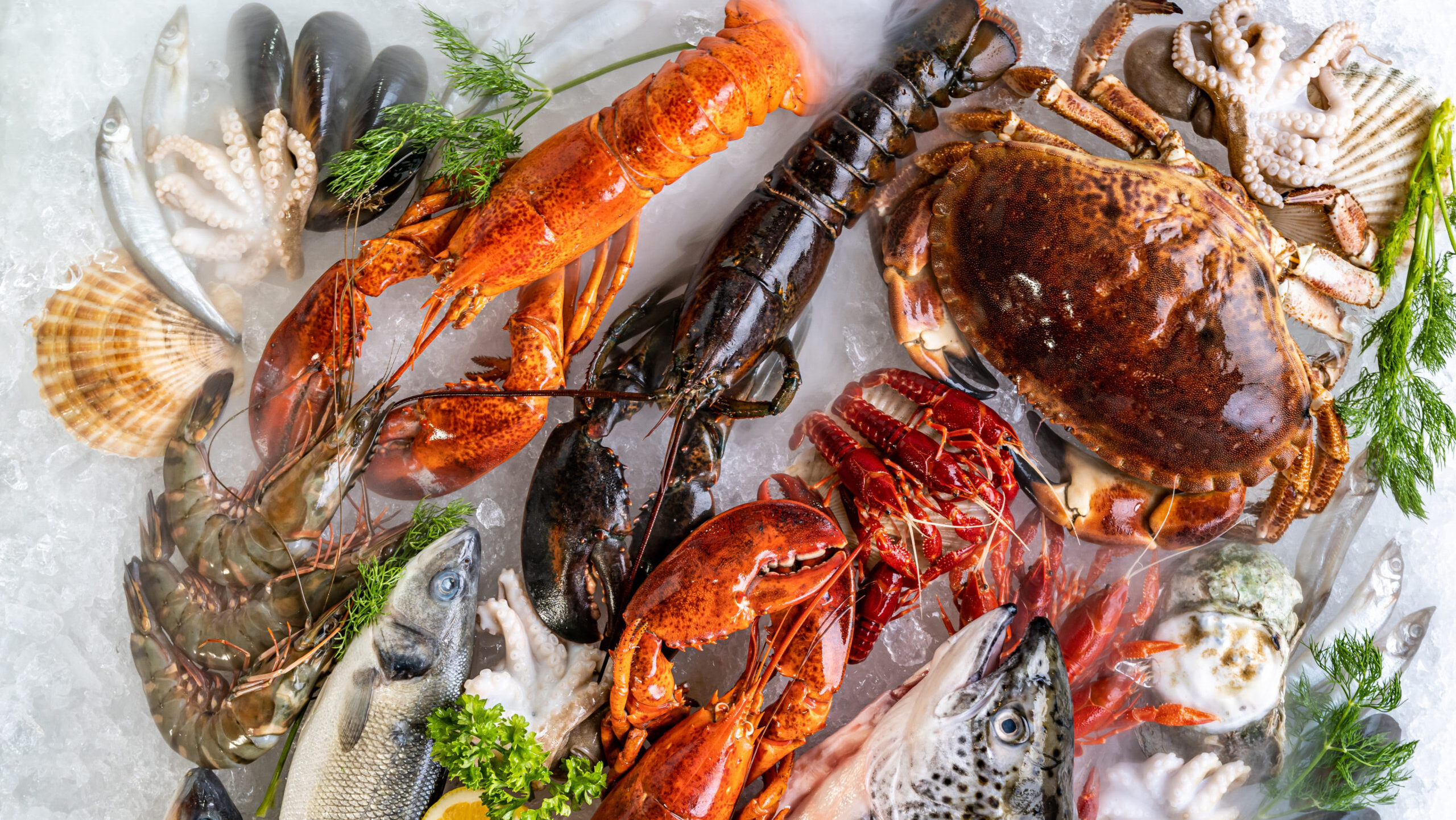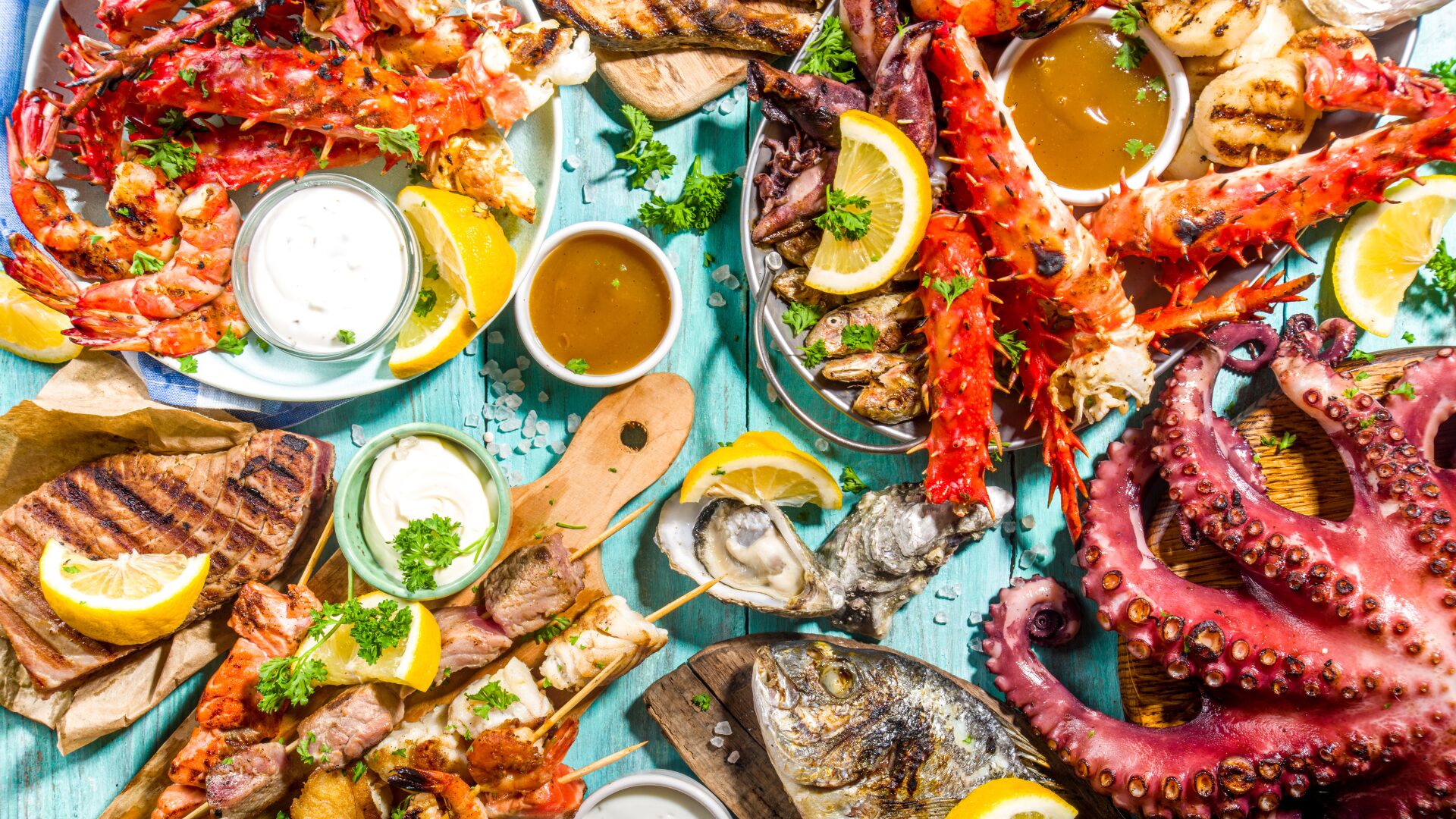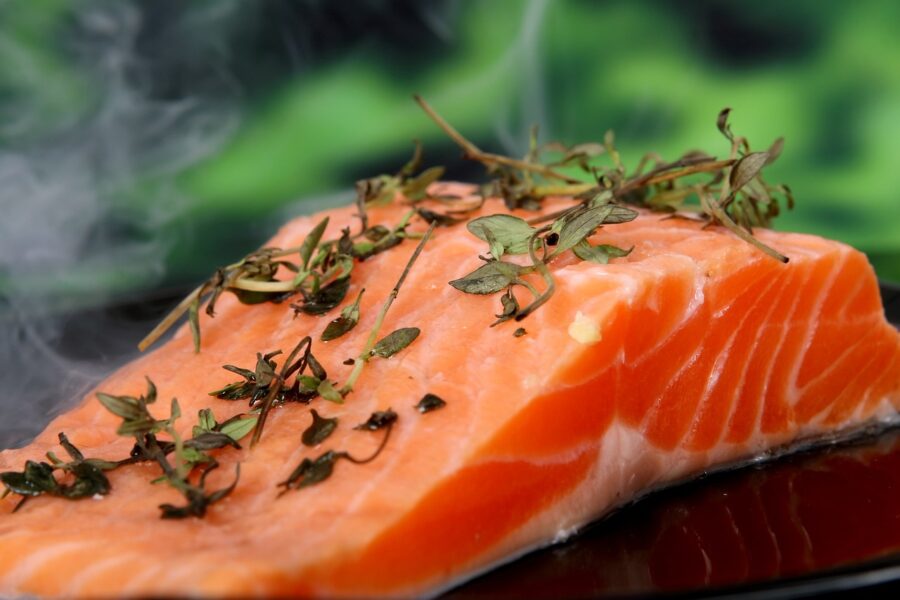When it comes to seafood, consumers aren’t eager to jump into uncharted waters. Shrimp, salmon, tuna, and crab account for over 70% of seafood revenues according to a recent article by Supermarket News. Because of this, most in the food industry are focused on sustaining and expanding sales of these fan favorites rather than taking a chance on other fish species.
The high cost of seafood and the very clear preference for certain fish is the reason behind the caution, but it could be a lost opportunity for restaurants to stand out and become true destinations for seafood. How can they do this? The Food Institute reached out to a few experts in the seafood world to get some insight.
Why do you believe people tend to stay with shrimp, salmon, tuna, and crab when dining on seafood?
Familiarity and dependability.
Grace Parisi, Culinary Director Sitka Seafood Market, points out that many people’s first experience with seafood is through fast food or fast casual, which skews toward these more popular species.
“When it comes to seafood, the options are endless, which can cause chefs and consumers to go into analysis paralysis. People opt for what is mainstream and they feel comfortable cooking with or eating themselves. It is a combination of popularity driven by marketing/advertising, supplier availability, and perceived safety.”
Kiki Aranita, Chef and Sauce Entrepreneur and Owner of Poi Dog Sauces, says that consumers are unjustly intimidated by seafood and because they tend to stick with what they know. Abe Ng, CEO, Sushi Maki, echoes that sentiment and adds that fish are easy to access and that diners feel comfortable ordering them because they’ve grown up eating them.
Dick Jones, CEO, Blue Ocean Mariculture, agrees that many consumers prefer these seafood choices because it’s what they were raised on but he anticipates a shift toward more varied species and a higher percentage of farmed fish in consumers’ diets, particularly as the availability of other species increases.
What do you think is an overlooked seafood that restaurants should consider putting on the menu?
Athena Davis, Marketing Manager, Aquaculture Stewardship Council (ASC) North America, says that looking beyond well-known species like salmon or shrimp requires taking a holistic look at the larger picture of seafood production and diner perceptions.
“I would argue that farmed seafood, as whole, qualifies as an ‘overlooked seafood’ category when compared to wild-caught,” Davis told The Food Institute. “Though it offers more consistent quality, greater affordability, and comparable taste and nutritional benefits to wild [fish], there are still pervasive beliefs that farmed seafood is somehow not as good. It’s exciting to see the shift in recognition from chefs and food innovators toward using–and celebrating–farmed seafood on more menus and in high-end tastings.”
Parisi likes halibut for its versatility and taste.
“It’s gorgeous on a plate next to bright vegetables and flavorful salsas, pestos, or pan sauces. It shines in raw or cured preparations, such as a thinly sliced crudo with lemon, oil, and sea salt. You can add it to curries or chowders, and it really shines when battered and fried for fish and chips or baja-style tacos.”
Aranita’s pick is cobia, which Jones agrees with and adds to the list Pacific snapper and Hawaiian kampachi.
“Chefs are realizing this ahead of the curve. These emerging species will continue to grow in popularity, so any restaurant that has the foresight to deliver a variety of species to their customers will grow as sustainable fish farming grows,” Jones says.
What can restaurants do to promote people trying new seafoods?
Ng says that sushi bars have an advantage because they can serve their favorite rolls with various and rotating fish ingredients to stay on top of new food and health trends while introducing diners to new pairings.
Jones says that it comes down to the servers.
“Whether you’re a restaurant or a retail outlet, the most influential person is the one interacting with the consumer. Educating staff to ensure they know where the fish was grown or harvested along with the great taste, texture, and quality attributes will drive the promotion and consumption of new seafood,” he told The Food Institute.
Davis agrees that knowledgeable staff is key.
“Restaurants can strike a successful balance with a few deliberate choices that include providing accessible education to consumers, empowering seafood-savvy staff at front and back of house, and serving dishes that present new seafoods in delicious and comforting ways. For example, a Hawaiian Kampachi piccata paired with your favorite Chardonnay,” Davis says.
All of the experts, including Michael Billings, Chief Protein Officer at ButcherBox, agree that educating customers is key. Billings believes restaurants can do more to educate their consumers about the fish they are selling, such as sharing comparable species to newer ones to entice customers to try them.











